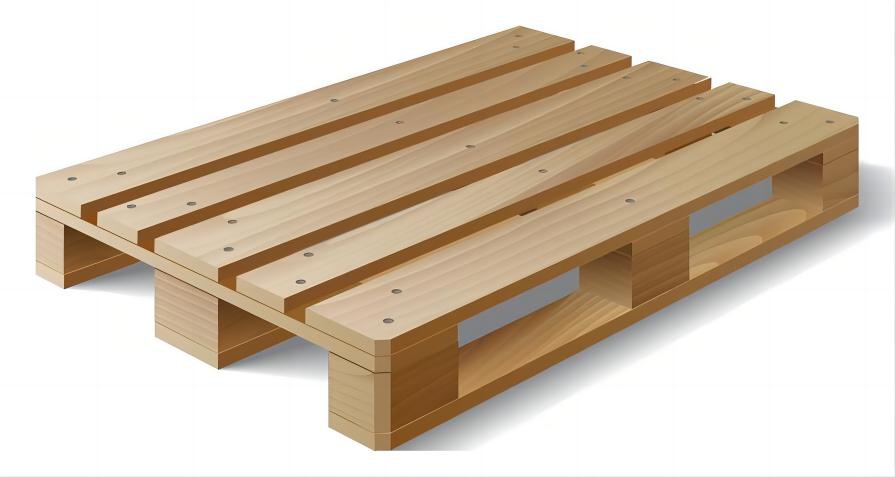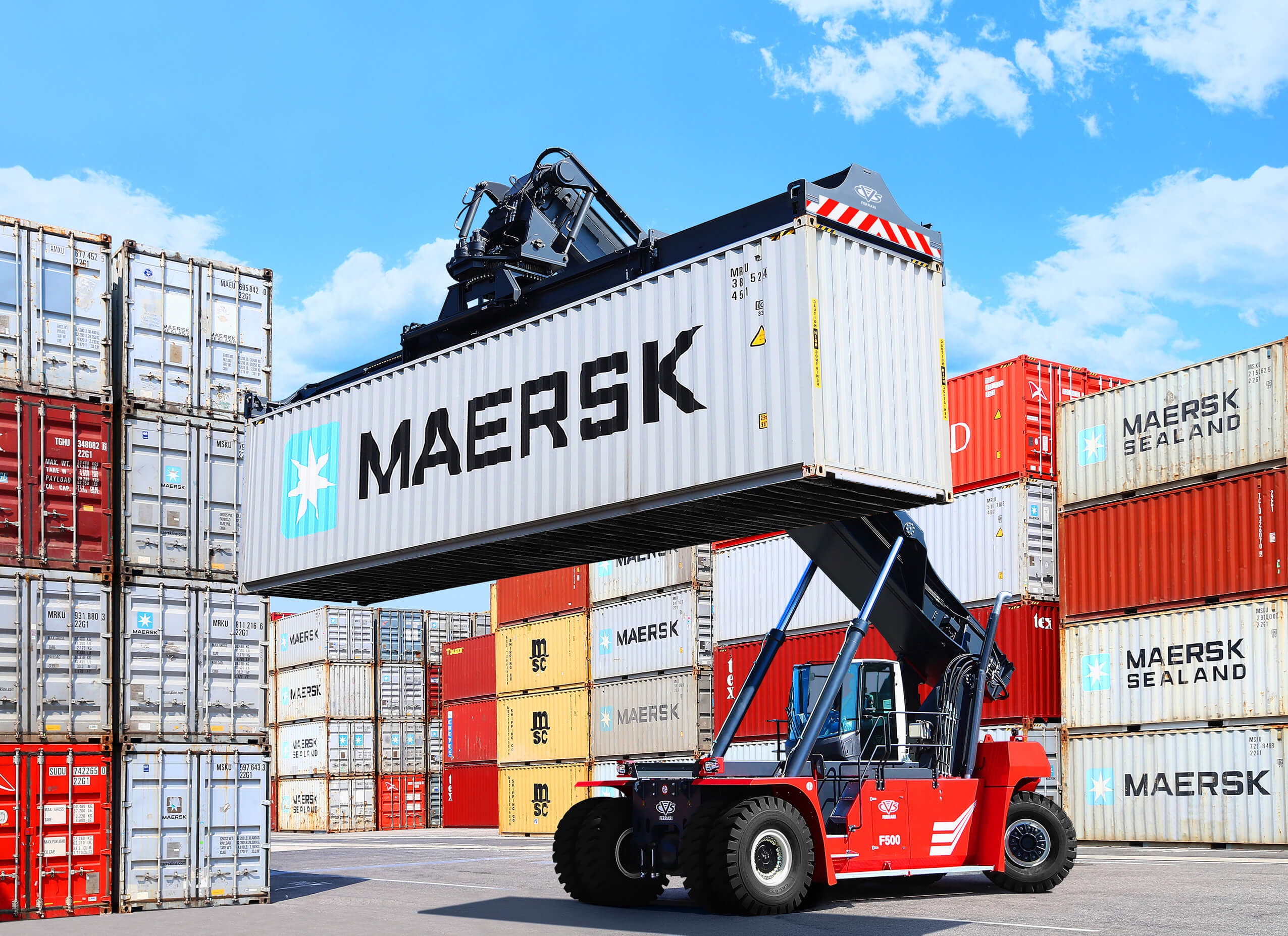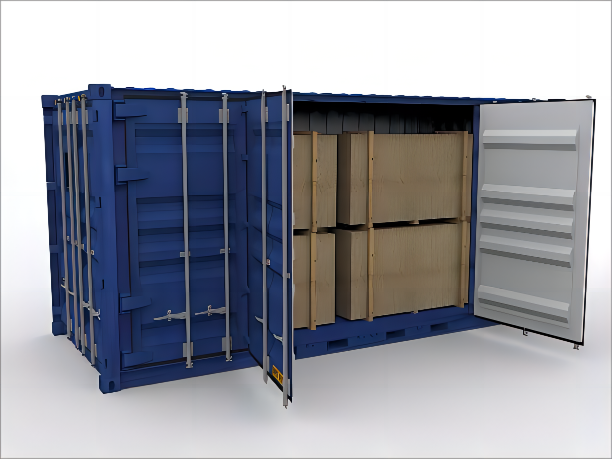-
Shipping Containers
- Container Parts
- Roof Panel
- Side Panel
- Front End Panel
- Door Panel
- Front Corner Post
- Rear Corner Post (Outer/Inner)
- Cross Member
- Bottom Side Rail
- Top Side Rail
- Door Sill
- Front Bottom Rail
- Top End Rail
- Door Header Upper/Lower
- Door Rail
- Floor Spacer
- Angle
- Top/Bottom End Rail
- Door Edge Member
- Door Sealing
- Door Frame Profile
- Door Lining
- Door Hardwares
- Door Gasket
- Side Panel/Lining
- T-Floor
- Roof Panel/Lining
- Cross Member
- Bottom Side Rail
- Top Side Rail
- Ledge PVC
- Kazoo Drain
- Auto Drain
- Alu Tube
- Auto Drain Center Part
- PVC Drain Pipe
- PVC Plugs f. Drain with Ring and Steel Wire
- Door Screw
- Door Screw Nut
- Door Screw Rubber
- Tapping Screw
- Stainless Blind Rivet
- Lashing Ring
- CSC Plate
- Welding Wire
- Tapping Screw Bit
- Vehicle Parts
- Ship Supplies
- 00. Provisions
- 11. Welfare Items
- 15. Cloth & Linen Products
- 17. Tableware & Galley Utensils
- 19. Clothing
- 21. Rope & Hawsers
- 23. Rigging Equipment & General Deck Items
- 27. Painting Equipment
- 31. Safety Protective Gear
- 33. Safety Equipment
- 35. Hose & Couplings
- 37. Nautical Equipment
- 39. Medicine
- 45. Petroleum Products
- 47. Stationery
- 49. Hardware
- 51. Brushes & Mats
- 55. Cleaning Material & Chemicals
- 59. Pneumatic & Electrical Tools
- 61. Hand Tools
- 63. Cutting Tools
- 65. Measuring Tools
- 69. Screws & Nuts
- 75. Valves & Cocks
- 77. Bearings
- 79. Electrical Equipment
- 81. Packing & Jointing
- 85. Welding Equipment
- 87. Machinery Equipment
- Vehicles
- Lashing Tools
- Logistic Tools
ContainersHow many pallets can a container hold?Nov 07,2023As the basic transportation and loading container, containers provide a universal communication method for the safe and efficient transportation of international trade goods. However, a common question is: How many pallets can a container hold?
The answer to this question involves the type and size of the container, and nature of goods. Multiple factors will collectively influence the final answer.

1. Standard container size
The most widely used container types internationally are 20 foot and 40 foot containers. Their internal dimensions are usually as follows:
20 foot container: approximately 19 feet 4 inches in length, 7 feet 8 inches in width, and 7 feet 10 inches in height.
40 foot container: approximately 39 feet 5 inches in length, 7 feet 8 inches in width, and 7 feet 10 inches in height.

2. Standard tray size
The size of the tray varies by region, but the international standard size is 1200 mm x 1000 mm (47.24 inches x 39.37 inches). This size of pallet is commonly referred to as a European pallet because it is the most popular in the European region.
Another common standard is a 1200 mm x 800 mm (47.24 inches x 31.50 inches) pallet, commonly referred to as a European half pallet.
3. How many pallets can a container hold?
The quantity of pallets that can be loaded in a standard size container depends on multiple factors, including pallet type, nature of goods, loading method, and internal support structure of the container. Here are some common situations:
20 foot container: typically can accommodate 10 to 11 standard European pallets or 8 to 9 standard American pallets (48 inches x 40 inches).
40 foot container: A 40 foot container typically can accommodate 20 to 24 standard European pallets or 16 to 18 standard American pallets.
Note that certain goods may take up more space, especially when they are irregularly shaped or require additional protective measures. In addition, some international transportation companies and modes of transportation also have their own regulations, which can also affect the number of pallets.

4. Maximize container utilization
To maximize container utilization, shippers and logistics companies typically use stackable pallets to reduce space waste. Some pallets also have foldable design, which can save space during transportation and return journey. Use cargo containers, pallet fixing devices, and sealing devices to prevent movement and damage during transportation.
In addition, shippers can also use professional loading plans to ensure that the goods are tightly stacked and securely secured.
Are you facing the challenge of efficiently and safely loading containers? In practical operation, container loading needs to be adjusted and optimized according to specific circumstances to ensure safe and efficient transportation of goods. Therefore, in cargo transportation planning, CIMC Equilink has professional loading container capabilities that can help reduce costs and improve efficiency. We are your trusted partner.
Quick Quote
Copyright © 2019 CIMC Equilink - Container Parts

 中文
中文















